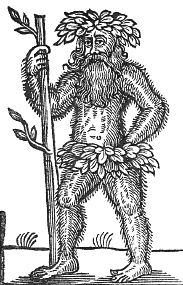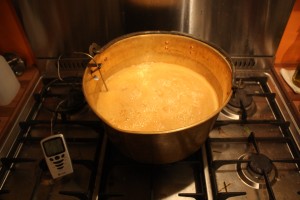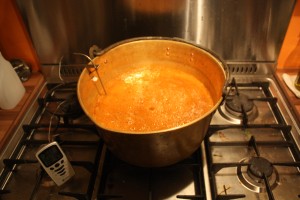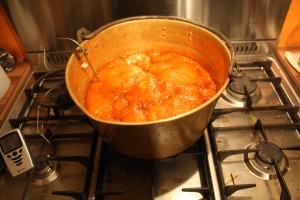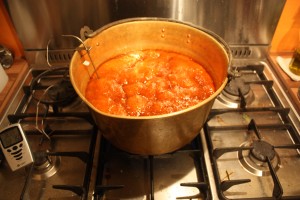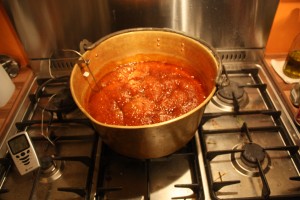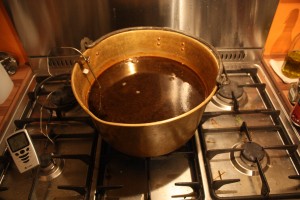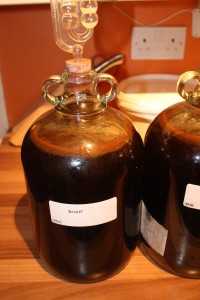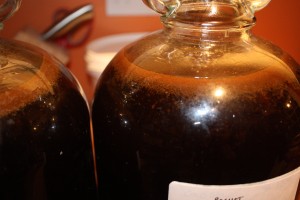I discovered an unusual alternative in mead-making a while ago, and had to give it a try: Bochet.
Bochet, or Burnt mead as it is otherwise known, is a type of mead where the honey is cooked for an extended period before mead-making begins, so that the sugars in the honey caramelise and completely change the flavour and colour of the mead. Having spent years perfecting the mead-making process so as to never heat up the honey and lose the aromatic compounds held within, this was an interesting challenge!
I’d had a go at making bochet last year, but ‘chickened out’ of really making it any stronger than a slightly reddish colour. Saying that, it had interesting toffee-like flavours and a strong, honey liqueur aftertaste - enough that I wanted another go.
Part of the aim of the process is to change the sugars to make them less fermentable, and result in more toffee/caramel flavours at a lower alcohol percentage, rather than fermenting out the sugars to a drier final mead.
This time I decided I might as well have a go at making the process slightly more scientific, and record some data for prosperity. I fitted a digital thermometer, and tried to take pictures at the traditional candy-making temperatures for comparison.
I started with 2.8kg to aim for 2 (UK) gallons of bochet. I put it in a large pan (I knew from last time it has a tendency to froth up) and turned up the heat to a strong simmer.
After around 15 minutes it was very frothy, and had reached 117C - but the colour was unchanged:
I stirred it a little bit, but mostly left it and went off to find my sugar candying temperature chart.
When I came back it was around 129C (soft crack), and starting to darken:
and continued to change in colour and texture (134C):
By hard crack (144C) it was much darker, and definitely getting a lot gooeyer:
and by 150C it was well on the way to a final rich colour:
I topped out at 155C, as it wasn’t getting any darker, but was starting to get more of a smell (and a bit of a taste) of burnt sugar. I also really liked the very dark red/brown colour here:
I then added a few litres of water to stop it cooking, and dissolve the sugar so it didn’t set to the pan, and was amazed by the sudden darkening!
The whole boiling process was just shy of an hour at this point.
The taste of the liquid was difficult to describe - akin to cinder or treacle toffee, with a honey aftertaste, and not as sweet as you might expect.
I split it into the demijohns, and topped up with water to fill them. I then added yeast at 35C (Lalvin 71B - one of my favourites for mead-making) and started the nutrient addition (I used 2.5 tsp tronozymol per gallon here).
Close-up inspection shows that the pollen grains in the honey seem to have formed tiny crystals, with threaded tails, that float around the must - not sure this picture does them justice though!
Fermentation was well underway the next morning, and I hope to be able to sample this in a year’s time!
I hope to be able to report back on it then!
